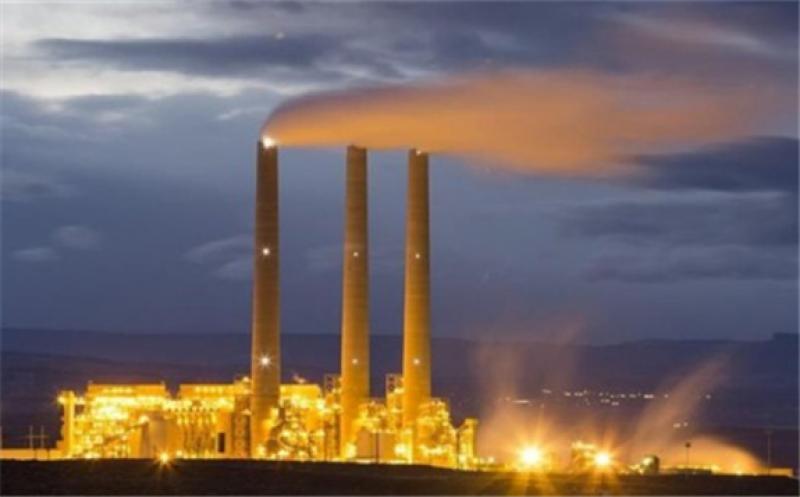Higher natural gas prices this year are expected to result in the first annual decline in U.S. gas-fired electricity generation since 2017, the U.S. Energy Information Administration (EIA) said on Tuesday.

This year, generation from natural gas-fired power plants in the U.S. electric power sector are set to decline by about 8 percent, largely due to an expected large rise in natural gas prices.
In 2020, natural gas prices hit their lowest in decades, with the nominal price of natural gas delivered to electric generators averaging $2.37 per million British thermal units (MMBtu). This year, however, the EIA sees the average nominal price of natural gas for power generation surging by 41 percent to an average of $3.35/MMBtu, similar to the price in 2017.
As a result, natural gas-fired generation is set to drop in 2021 compared to 2020, and the share of natural gas of U.S. electricity generation to decline to 36 percent, down from a share of 39 percent in 2020.
At the same time, power generation from coal-fired power plants is expected to rise by 14 percent this year, after an annual drop of 20 percent in 2020, according to EIA’s estimates. That’s because the nominal rise of coal prices is expected at only 6 percent in 2021, compared to the 41-percent jump in gas prices.
The share of coal-fired generation is set to rise to 22 percent in 2021, up from the 20-percent share in 2020. Still, the share of coal will be much lower than the 31-percent share in 2017—the last time gas-fired power generation dropped annually—due to continuously rising electricity generation from renewable sources. The EIA expects generation from non-hydropower renewable energy sources, such as solar and wind, to increase by 18 percent in 2021, which would be the fastest annual growth rate since 2010.
Electricity generation from renewable energy sources including hydropower will account for 21 percent in 2021 and 23 percent in 2022, up from 20 percent in 2020, the EIA said in its January Short-Term Energy Outlook (STEO) last week.
Renewable energy sources, mostly solar and wind, are set to account for more than two-thirds of the new electricity generation capacity that the United States will install in 2021, the EIA said earlier this month.